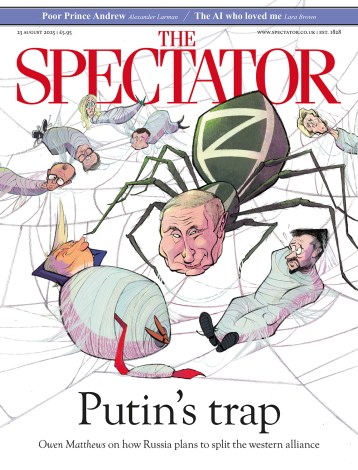Back to nature
By Leafy Ways: Early Work by Ivor Abrahams Against Nature: The hybrid forms of modern sculpture Henry Moore Institute, Leeds, until 4 May The Henry Moore Institute is one of our foremost sculptural venues, a focus for study and scholarship, equipped with an impressive library and archive specialising in British sculpture. Opened in 1993 on The Headrow in the centre of Leeds, it is devoted to telling the story of sculpture in Britain, while also taking into account the context of continental modernism. It regularly mounts small, intense and often provocative (in the sense of intellectually challenging) exhibitions. Among the English artists to have been shown there are the contemporary




